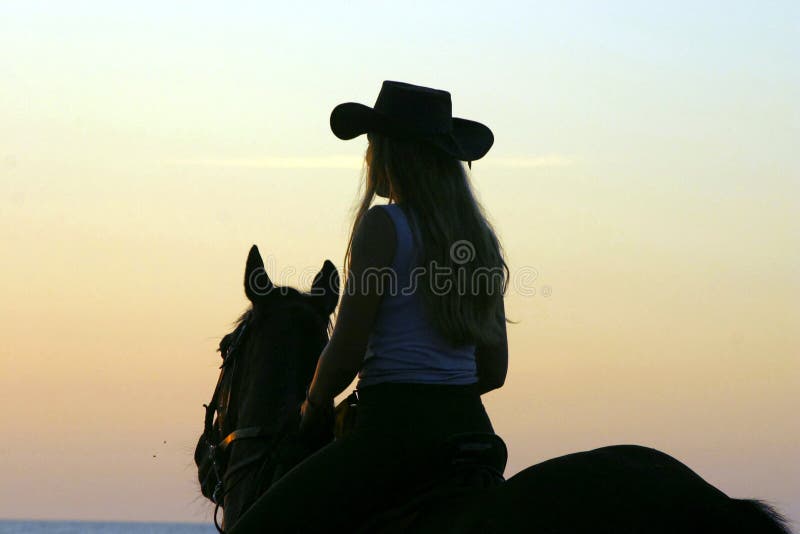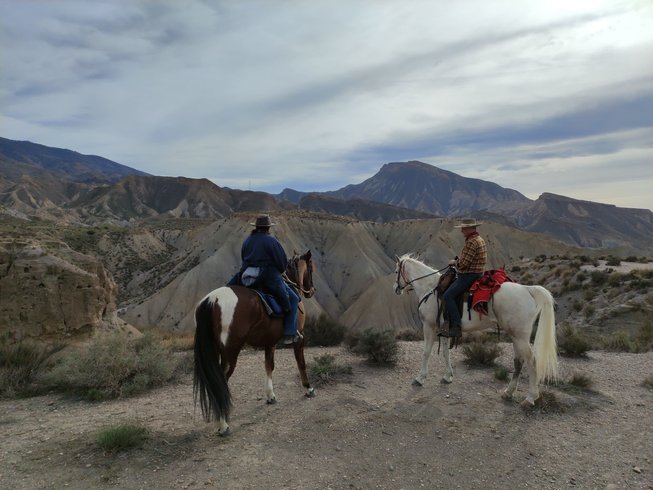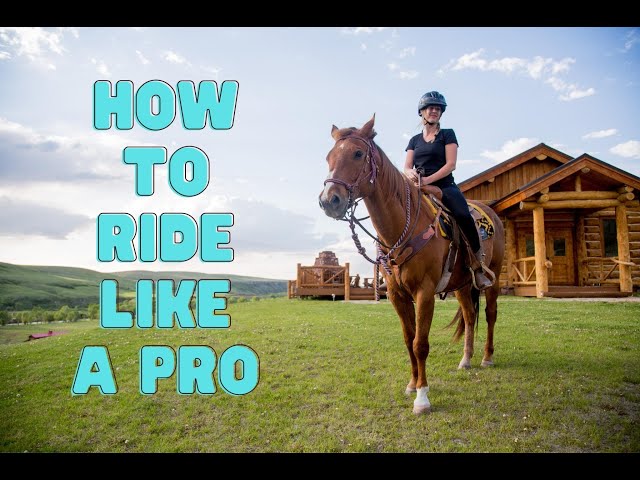Western vs. English Riding: Key Differences

When it comes to horseback riding, two of the most popular styles are Western and English riding. Each style has its own unique history, techniques, equipment, and purposes. Understanding these differences can help riders choose the style that best suits their interests and goals.
Historical Background

- Western Riding: Originated in the American West, influenced by Spanish vaqueros (cowboys). It was developed for ranch work, cattle herding, and long hours in the saddle.
- English Riding: Has roots in European traditions, particularly from England. It evolved from classical dressage and fox hunting, focusing on precision and formality.
Riding Techniques
| Aspect | Western Riding | English Riding |
|---|---|---|
| Seat Position | More relaxed, deeper seat for stability | Upright, balanced seat for agility |
| Reins | One hand, loose rein for control | Two hands, direct rein contact |
| Leg Position | Legs slightly forward, relaxed | Legs under the body, close contact |
Equipment Differences
- Saddle:
- Western saddles are larger, heavier, and designed for comfort during long rides. They feature a horn used for roping cattle.
- English saddles are lighter and smaller, designed to allow closer contact with the horse for better communication.
- Bridle and Bit:
- Western bridles often have decorative elements and use curb bits.
- English bridles are simpler, with snaffle bits common for direct rein control.
Purpose and Disciplines
- Western Riding: Commonly used in rodeo events, trail riding, reining, barrel racing, and working cattle.
- English Riding: Includes disciplines like dressage, show jumping, eventing, and fox hunting.
Attire
- Western riders typically wear cowboy hats, boots with heels, and jeans.
- English riders wear helmets, breeches, tall boots, and fitted jackets.
Summary Table
| Feature | Western Riding | English Riding |
|---|---|---|
| Origin | American West | Europe (England) |
| Saddle | Large, heavy, with horn | Small, light, no horn |
| Rein Handling | One hand, loose | Two hands, firm |
| Riding Style | Relaxed, practical | Formal, precise |
| Common Disciplines | Rodeo, trail, cattle work | Dressage, jumping, eventing |
| Attire | Cowboy hat, boots, jeans | Helmet, breeches, boots |
Frequently Asked Questions (FAQ)
Q: Can a rider switch between Western and English styles easily?
A: While the basics of riding are similar, each style requires different techniques and equipment, so transitioning may take practice.
Q: Which style is better for beginners?
A: It depends on the rider’s goals. Western riding is often considered more relaxed and easier for beginners, while English riding may require more formal training.
Q: Are the horses different for each style?
A: Some breeds are preferred for each style, but many horses can be trained for either Western or English riding.
Q: What are the main safety considerations?
A: Wearing appropriate gear like helmets (especially in English riding) and boots, and understanding riding techniques are crucial for safety.
This detailed comparison highlights the essential aspects of Western and English riding, helping enthusiasts and beginners alike make informed decisions about their riding journey.
